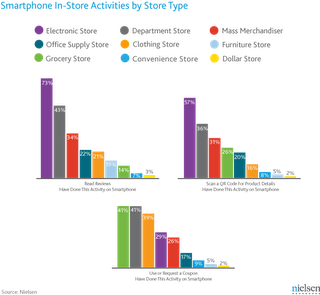 CONSUMER SURVEYS FROM Deloitte and others consistently report strong intentions by households to purchase more of their grocery and packaged goods online. This has been true for many years. I suspect there’s some response bias in play.
CONSUMER SURVEYS FROM Deloitte and others consistently report strong intentions by households to purchase more of their grocery and packaged goods online. This has been true for many years. I suspect there’s some response bias in play.
A recent Retailwire.com discussion raised this issue in the context of a gap between measured shopper interest in online CPG purchases and the less-than-dynamic efforts by most CPG companies to take full advantage of the opportunity. Are they missing the boat? Or are they just taking a prudent approach in the face of greater complexity?
Here’s my take:
Until the perspective shifts from, “How will we sell our products online?” to “How will we help households better manage their pantries?”, I believe this business will continue to be “just around the corner” for CPG, as it was in 1997.
Certainly, splintering the grocery shop into dozens of weekly decisions, transactions and deliveries is no way to help shoppers streamline their consumption routines. This was then and remains now the fallacy of the “consumer direct” concept. Disintermediation is bunk.
A re-consideration of the grocery basket and how it arrives to the home is another story. That requires a solution orientation on the part of the service provider (the retailer). Never-run-out tools, bulk shipments of high-consumption items, and secure unattended delivery have all been well-received in the past. Rapid delivery mechanisms from Amazon.com and others may add traction in areas with urban density, but the relevance will vary widely by location and purchase occasion.
Unfortunately for brands, these emerging concepts will not simplify the in-store shopper marketing imperative in any way. They do add, however, a whole new set of required practices for brand promotion and interfacing with online channels and shopper marketing outside the store. Set against the hard reality of somewhat inelastic total demand, that’s a very tough formula.

